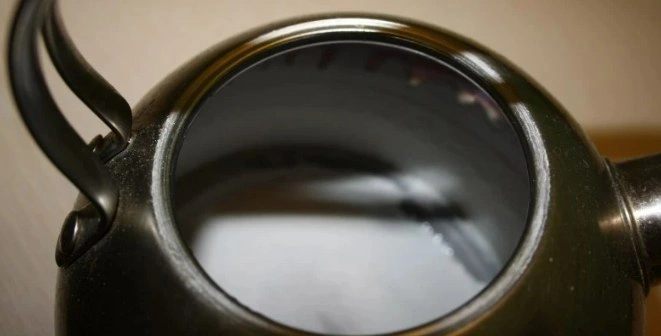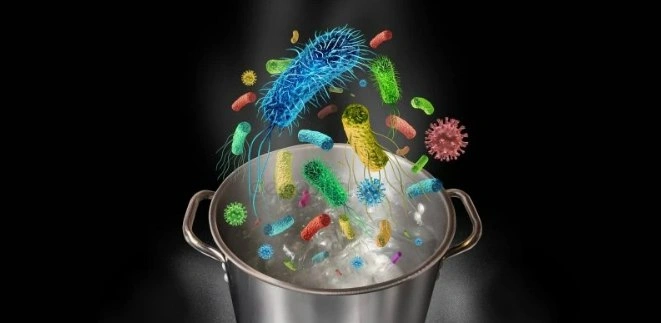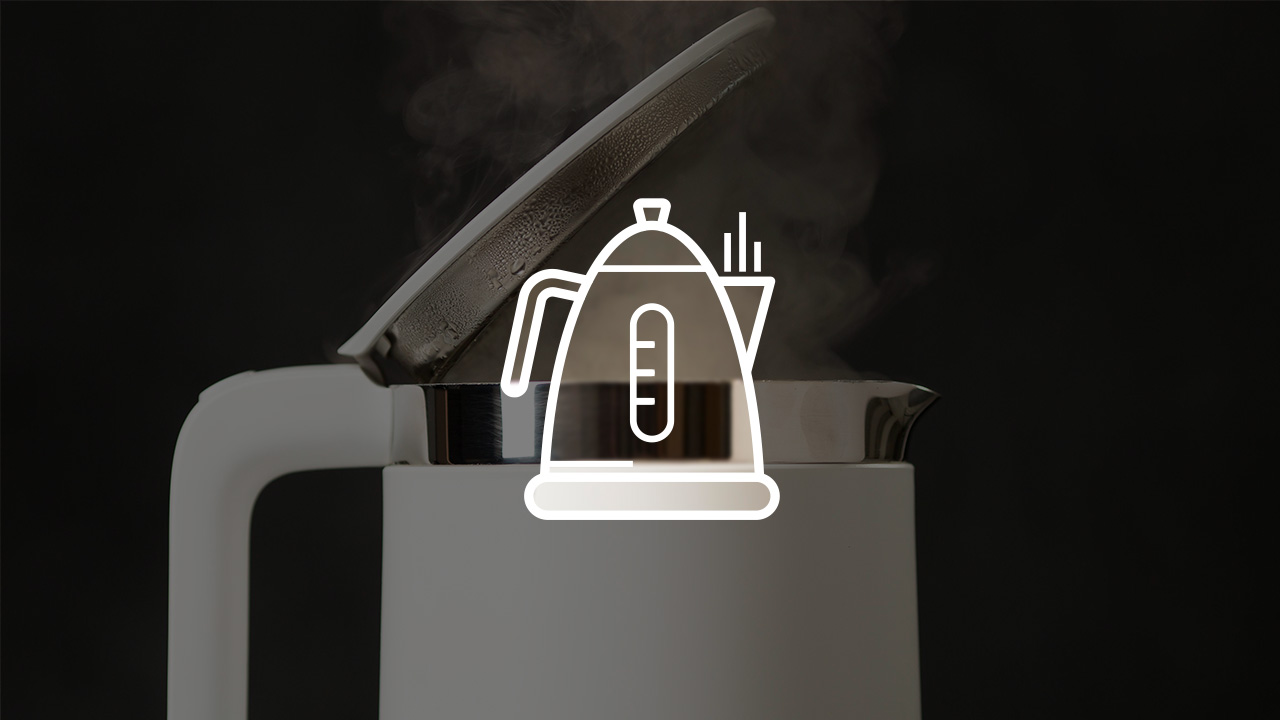Recently, there has been a growing interest in questions about consuming boiled water and the correct way to boil water. To address these questions, let's examine what happens to water during the boiling process.
Is It Safe to Drink Boiled Water?
Boiling water is an effective way to kill many microorganisms, bacteria, and viruses that may be present in water and cause diseases. Boiling eliminates harmful microbes, making water safe for drinking.
Boiled water is especially important when the quality of drinking water is questionable, such as during hikes or when clean water from a reliable source is unavailable. Boiling is also recommended in emergencies, like floods or earthquakes, when access to clean water may be compromised.
However, it’s important to remember that boiling does not remove chemical pollutants, such as heavy metals or chemical substances. In such cases, other water purification methods may be necessary.
When heated to a temperature close to 100°C, water begins to convert from a liquid to a gaseous state. It’s worth noting that its molecular structure does not change — it doesn’t become "heavy," dirtier, or anything of the sort. Let’s take a closer look at each aspect.
Why Does Scale Form When Water is Boiled?

When water contains dissolved calcium and magnesium salts, scale formation often occurs. This scale mostly consists of calcium and magnesium bicarbonates, which precipitate as water heats. Although the presence of scale can be inconvenient, especially in heating systems or household appliances, it’s important to understand that it doesn’t indicate harm or danger from the original water.
Effects of Boiling on Organic and Inorganic Substances in Water
Some organic and inorganic compounds that may be present in tap water have the ability to evaporate if they do not react further. For instance, chlorine evaporates at temperatures as low as 30-40°C, and trihalomethanes (carcinogenic chlorinated organics) start to evaporate at around 61°C (chloroform), with their boiling points and evaporation occurring below 100°C. Benzene behaves similarly.
In such cases, it is crucial that water is boiled in an open container without a closed lid, as this prevents the re-condensation of these substances. It’s important to note that the efficiency of boiling for removing such substances has not been studied extensively, so it’s unwise to rely on it for guaranteed results.
More complex organic matter, heavy metal ions, and nitrates will not evaporate. If the initial water is contaminated, most of the pollutants will remain in it after boiling.
Impact of Boiling on Microorganisms
Although water in centralized systems is disinfected with chlorine, it often does not reach the consumer, as it oxidizes biological residues in pipes before arriving. Thus, by the time chlorine is no longer effective and water continues to move through pipes, it can be re-contaminated with both harmless and pathogenic microorganisms. In contrast, well water generally lacks bacteria, while well water is often contaminated.
Boiling is the simplest method for disinfecting water, as it kills most microorganisms. However, it is important to note that simply bringing water to a boil and turning off the kettle is not enough; water should be boiled for at least five minutes, and ideally, for 20 minutes.
While boiling kills microbes in water, some pathogens require extended exposure. For example, the Hepatitis B virus can withstand up to 30 minutes of boiling, and botulism spores only die after six hours of boiling. Therefore, if you are unsure of the water quality, do not rely on boiling as a complete disinfection method.

Boiling and Heavy Water
This is another myth that was debunked over 60 years ago but continues to spread. Heavy water contains one (HDO) or two (D2O) deuterium atoms instead of hydrogen atoms. The concentration of heavy water in natural sources is approximately 0.033%, which is negligible.
First, heavy water is always present in natural sources, and since its physicochemical properties are similar to ordinary water, it is not removed during purification.
Regarding its concentration increase through heating: currently, the only way to obtain heavy water is through multi-stage electrolysis, which involves passing an electric current to concentrate heavy water near one of the electrodes. This process does not occur in your kettle. Given the boiling temperature differences, heavy water could evaporate alongside regular water due to the salt composition.
To increase the concentration of heavy water to even 0.15% through boiling, you would need an amount of water 300 million times the mass of Earth.
Why Does Boiled Water Have a Specific Taste?
Heating water can lead to oxygen evaporation, especially if it is exposed to heat for an extended period. Oxygen evaporation can reduce its concentration in the liquid. To restore the oxygen balance, several methods can be used, including a simple method of pouring the liquid back and forth between containers.
Dangers of Reboiling Water
Based on the information mentioned above, you might guess that this assumption also lacks substance. No matter how many times you boil water, its composition does not change, especially if it’s purified water.
Conclusion
Boiling is suitable as a heating method for making tasty tea or coffee, but it should not be considered a comprehensive water purification method. To enjoy fresh and healthy drinking water or tea, it’s advisable to pre-filter the water.
Pros
- Requires only basic tools
- Low-cost method
- Simple to perform
Cons
- Most contaminants are not removed
- Limited water volume
- Energy-intensive
We hope we’ve answered the most common questions. If you have more, feel free to ask in the comments.
Resources:
- Pastushenko, Y.O., et al. "DETERMINING THE EFFECT OF BOILING ON THE BIOLOGICAL PROPERTIES OF TAP WATER USING PHYTOTESTING METHODS."
- Bartkivska, V.V., and O.M. Tykhenko. "MODERN WATER PURIFICATION TECHNOLOGIES FOR HOUSEHOLD USE." Technogenic and Environmental Safety of Ukraine: Current State and Prospects (2018): 76.
- Lisovska, I.V., et al. "Purification of Drinking Water at Home." Bulletin of Kyiv National University of Technologies and Design. Series: Technical Sciences 6 (2017): 139-143.








